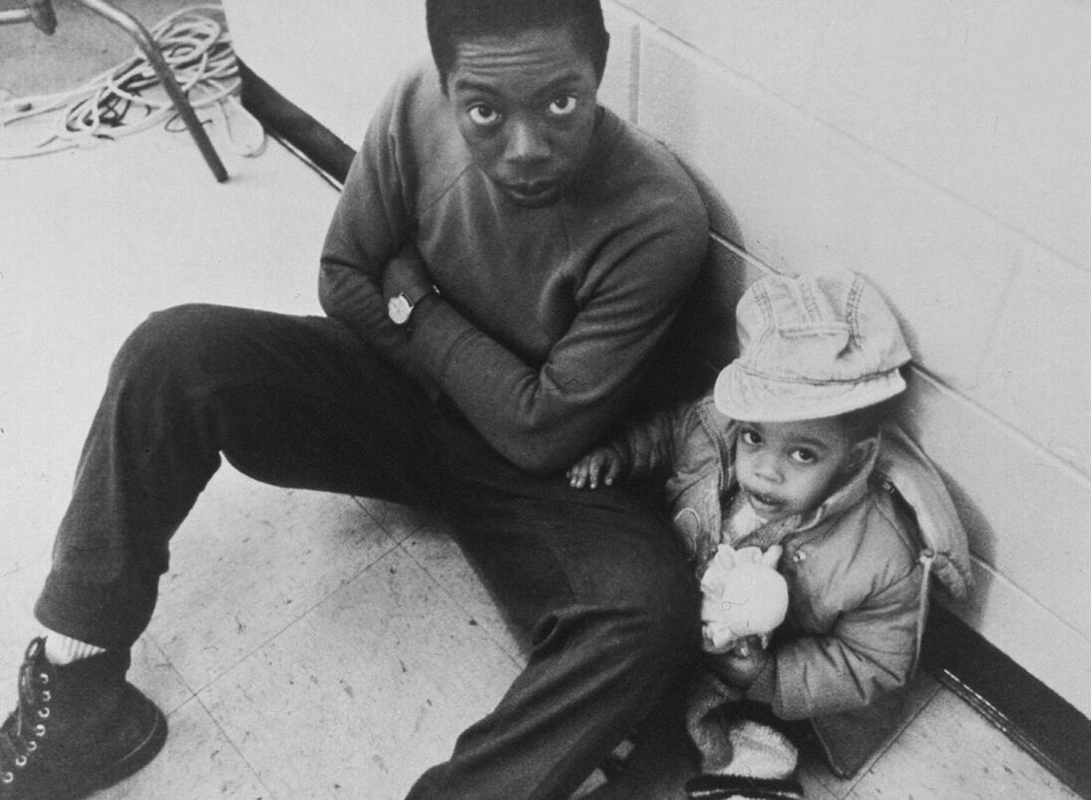Sidewalk Stories

The lowbudget, New York-in-the-’80s movie that proves that silence is not all that golden, Charles Lane’s magnetic feature debut — a retake of his 1977 student film A Place in Time — is long overdue for rediscovery. With an overlap to a more recent attempt to update silent film for a modern movie audience, Lane plays The Artist, a Chaplin-esque street portraitist whose hapless efforts at fitting into the odd world of sidewalk performance are made all the more troublesome when he finds himself caring for an abandoned toddler, played by Lane’s adorable daughter Nicole Alaysia. The Artist’s efforts to find the girl’s mother are quickly and continually confounded by the many oddball characters he meets. Shot and released in the same year as Spike Lee’s Do the Right Thing, Sidewalk Stories is a similarly vivid encapsulation of the race and class divisions that inform life on New York City’s streets. Lane’s version centers on the homeless perspective, made all the more visceral for being shot in black-and-white and silent apart from Marc Marder’s wideranging score and a brief moment spent listening to panhandlers. The result is an ingenious, spellbinding effort by a black artist to give a voice to those who have none. (Arthur Ryel-Lindsey)
“Charles Lane is a man with a vision. What has to be developed in filmmakers is a sense of who you are, what you want to say, and how you want to say it — a worldview or a perspective that you can express in your own terms.” — Charles Burnett
“In the annals of filmmaking by, about or incidentally peopled with blacks, there does not seem to exist a hero quite like Lane’s. With all the terrible mythology around black people as true bunglers and fools, Lane has created a black hero with true pathos — avoiding all the pathetic traps into which the Steppin Fetchits of the world have fallen. It is an act of great jubilation that Lane has replaced the bulging eye-balls of the frightened negro with the soft humane consciousness of a being whose adventure is life itself. The quest for the meaning of life is as much the black man’s inner quest, foolish, bungling and wise, as it is that of any other human soul.” — Kathleen Collins
English spoken, no subtitles
Restored by Cineteca di Bologna at L’Immagine Ritrovata and re-released in 2014.